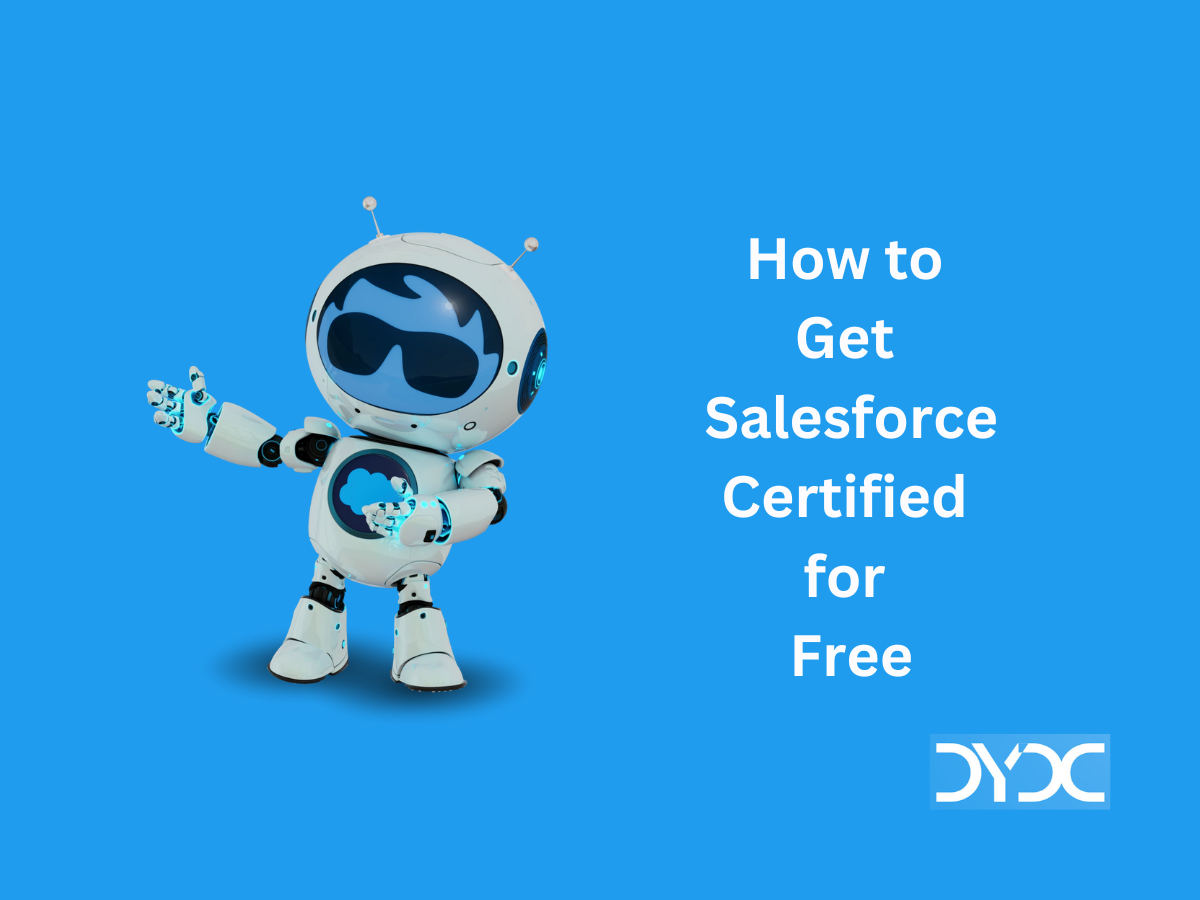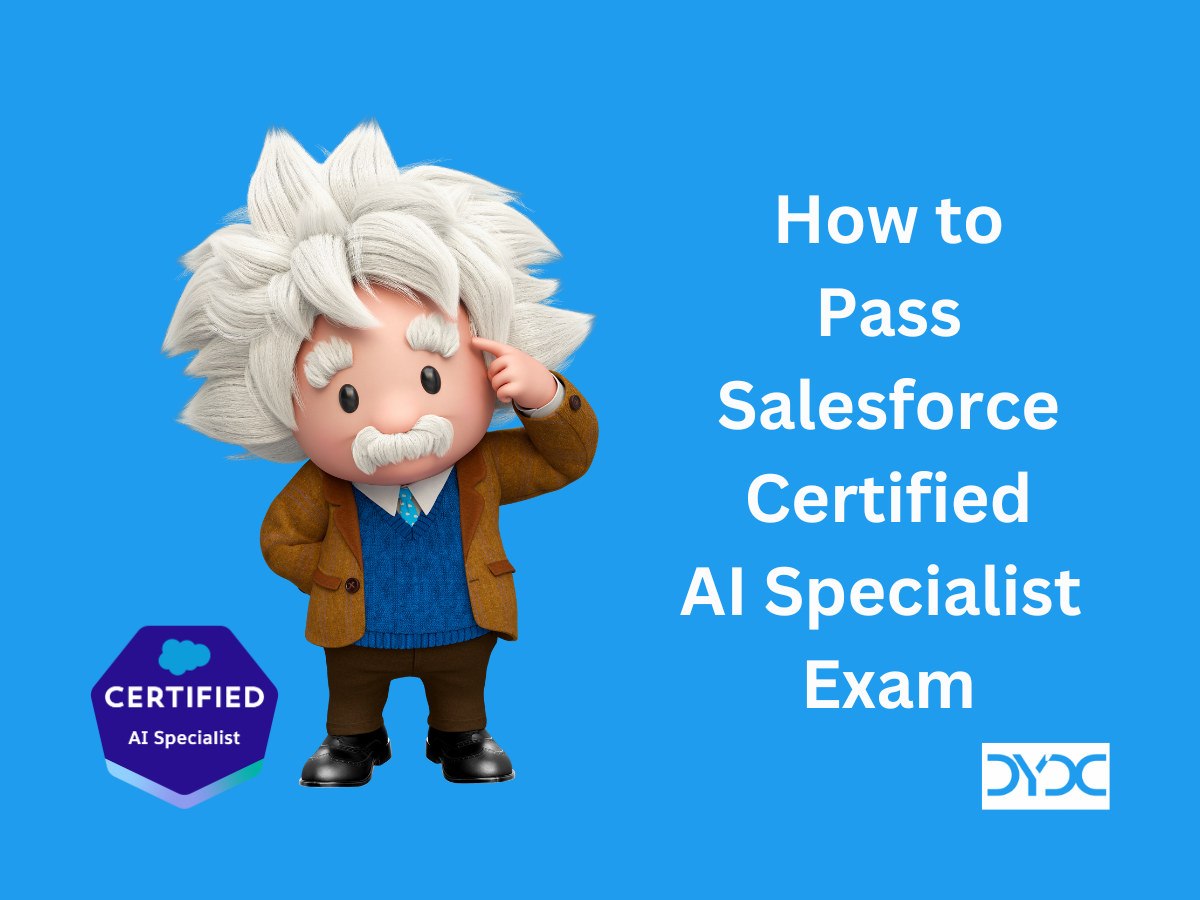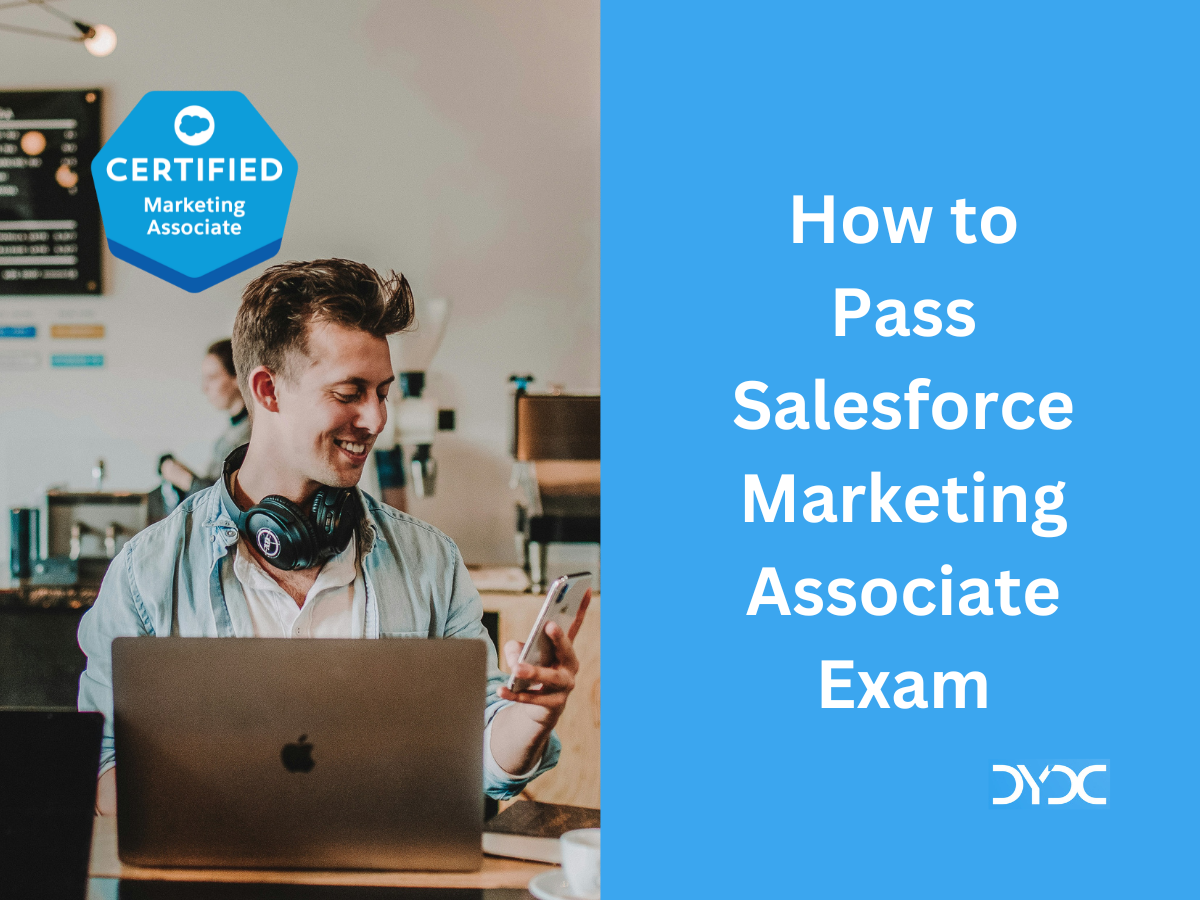Salesforce Certified Marketing Cloud Email Specialist Exam Guide.
The Salesforce Marketing Cloud Email Specialist credential is designed for individuals who want to demonstrate their knowledge, skills, and experience in the following areas: email marketing best practices, message design, subscriber and data management, inbox delivery, email automation, and tracking and reporting metrics within the Marketing Cloud Email application.
1. About the Marketing Cloud Email Specialist Exam
- Content: 60 multiple-choice questions, 5 unscored questions
- Time allotted to complete the exam: 90 minutes
- Passing score: 67% (41 Questions out of 60)
- Registration fee: USD 200, plus applicable taxes as required per local law
- Retake fee: USD 100, plus applicable taxes as required per local law
- Prerequisite: None
2. Marketing Cloud Email Specialist Exam Guide
Marketing Cloud Email Specialist Exam Guide
3. Marketing Cloud Email Specialist Exam Certification Trailmix
Prepare for Your Salesforce Marketing Cloud Email Specialist Credential
4. Marketing Cloud Email Specialist Practice Test
Marketing Cloud Email Specialist Practice Test
5. Exam Outline
5.1 Email Marketing Best Practices: 10%
- Given a customer scenario, evaluate elements and techniques of email marketing to design effective emails and email programs.
- Given a customer scenario, differentiate elements of an email that can impact message deliverability.
- Given a customer scenario, demonstrate appropriate and effective subscriber acquisition and retention methodologies.
5.2 Content Creation and Delivery: 24%
- Given a desired sending process, recommend Marketing Cloud tools to use when preparing an email for send.
- Given a customer scenario, create and customize an email message to meet customers’ needs.
- Given a customer scenario, configure send settings to meet the customer requirements.
- Given a customer scenario, organize and manage email campaign content.
5.3 Marketing Automation: 26%
- Given a customer scenario, recommend the appropriate marketing automation solution.
- Given a customer scenario, build the appropriate Automation Studio solution.
- Given a customer scenario, build the appropriate Journey Builder solution.
5.4 Subscriber and Data Management: 26%
- Given desired output requirements, setup Data Extensions in Marketing Cloud.
- Given a customer’s business requirements, determine how to import data into Marketing Cloud.
- Given a customer’s business requirements, configure segmentation tools to model subscribers and data.
- Given a customer scenario, identify and troubleshoot send discrepancy based on subscriber preference management.
5.5 Insights and Analytics: 14%
- Given a customer scenario, explain the different metrics available for email campaigns and what each one means.
- Given an email campaign, describe the steps involved to analyze the performance results.
- Given a customer scenario, configure and run Marketing Cloud ad hoc and automated reports.
- Given a customer scenario, recommend an Einstein product that will analyze campaign effectiveness.
6. Important Topics for Marketing Cloud Email Specialist Exam
6.1 Email Marketing Best Practices: 10% (6 Questions)
- Email Studio
- CAN-SPAM Compliance
- As per CAN-SPAM legislation, all commercial emails must include a viable Internet-based opt-out mechanism, which must be active for a minimum of 30 days after you send the email
- You must display your company’s physical mailing address within the body of your email
- Privacy and Data Protection
- Email Deliverability
- Send Classification
- Delivery Profile
- IP Address
- Header
- Footer
- Sender Profile
- Sender
- From Name
- From Email
- Reply Mail Management Setting
- CAM-SPAM Classification
- Commercial
- Transactional
- Send Priority
- Normal
- Low
- Hight
- Delivery Profile
- IP Warming Up – gradually increasing the volume of mail sent by a new IP address to build a strong sender reputation so that emails are not blocked by ISPs or end up in spam folder
- Subscriber acquisition methodologies
- Email Deliverability Best Practices
6.2 Content Creation and Delivery: 24% (14 Questions)
- Email Design best practices
- Email Design Toolkit
- Distributed Marketing helps to create and manage co-branded messages across channels and devices deliver consistent experiences across corporate marketing and partner networks
- Distributed Marketing – Send personalized email to Contact, Lead, Person Account
- Distributed Marketing Permissions
- Sending Options
- Quick Send – send a single, personalized email or SMS message to a lead, contact or person account, 75 individuals at a time from list view, 25,000 individuals at a time from Quick Send message record
- Campaign Send – add contacts, leads, or person accounts to single or multi-step journeys
- Distributed Marketing works with
- Sales Cloud
- Service Cloud
- Financial Service Cloud
- Experience Cloud
- Native tracking within Distributed Marketing requires Marketing Cloud Connect
- Email Studio Administration
6.3 Marketing Automation: 26% (16 Questions)
- Email Creation
- Email Sending
- Marketing Content Creation
- Content Builder
- Email Creation Best Practices
- Email personalization
- Given a scenario, send and deploy an email campaign to meet the customer requirement
- Given a scenario, know how to manage content needed to deploy a customer’s email campaign
6.4 Subscriber and Data Management: 26% (16 Questions)
- Audience Segmentation
- Journey Builder
- Four Main Pillars for the Perfect Journey
- Audience
- Data
- Content
- Channel
- Roles that grant access to Journey Builder
- Marketing Cloud Channel Manager
- Marketing Cloud Content Editor/Publisher
- Journey Builder Entry Sources
- Data Extension
- API Event
- Cloud Pages
- Inbound Chat
- Salesforce Data
- Event
- Journey Builder Messages Activities
- SMS
- Push Notification
- Inbox
- In-App Message
- Journey Builder Flow Control Activities
- Wait by Duration
- Wait Until Date
- Wait by Attribute
- Decision Split
- Path Optimizer
- Engagement Split
- Random Split
- Join
- Wait Until Event
- Scoring Split
- Frequency Split
- Wait Until Chat Response
- Interaction Studio Decision Split
- Einstein STO
- Journey Builder – Goal and Exit Criteria evaluation for a contact happens every night at midnight central time, and whenever a wait time expires or a contact is injected into the journey
- Journey Builder Validate feature confirms that the entry sources, settings, activities, goals, and exit criteria are set up to work as planned
- Journey Builder Path Optimizer – gives you the ability to test up to 10 paths in Journey Builder and recommend you the optimal path based on the Winner Evaluation criteria specified.
- Split -add or remove paths and select the audience percentage for each path
- Holdback – allow a percentage of your audience to wait to receive the winning path. Only available for a one-time scheduled journey, not ongoing journeys
- Journey Builder Reports – two standard reports, can ben run any time or scheduled, can be emailed or exported via FTP
- Journey Builder Email Send Summary
- Journey Builder Email Sends by Day
- Automation Studio
- Marketing Cloud APIs
- Subscriber Lists
- Publication List
- Suppression List
- Data Extensions
- List vs Data Extension
| List | Data Extension |
|---|---|
| A list is a compilation of subscribers that receive your communications | A data extension is a table within the application database that contains your data |
| Use List when less than 500,000 subscribers | Use DE when more than 500,000 subscribers |
| User List when you don’t require fast import speed | User DE when you require fast import speed |
| User List when you plan to use a limited number of subscriber attributes | Use DE you prefer a flexible subscription model |
- Data Extension Data Types
| TEXT | Alpha-numeric characters, including whitespaces, up to 4000 characters |
| NUMBER | Integer, no decimals or parenthesis |
| DATE | One of the locale-supported dates or ISO (YYYY-MM-DD HH:mm:ss). System date is generated in CST (UTC-06:00). |
| BOOLEAN | Boolean logic values (true/false) true = 1, Y, Yes, TRUE false = 0, N, No, FALSE |
| Verified for the “@” character and overall domain format, up to 254 characters long | |
| DECIMAL | Numbers with decimal points. Defines total length + digits after decimal point, e.g. 4,2 = up to 4 digits in total (12.34 but not 1234.56) |
| PHONE | String with 15 characters, strips out non-digits |
| LOCALE | ISO Language and country, 2-5 characters (e.g AU or EN-US) |
- SQL Query Activity
- Best Practices for Data Extensions and Query Activities
- Audience Builder
- Autosuppression Lists
6.5 Insights and Analytics: 14% (8 Questions)
- Tracking in Email Studio
- Setup Email Tracking
- OOB Tracking Reports
7. Additional Resources



